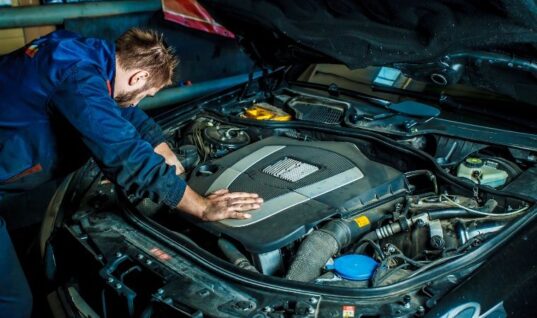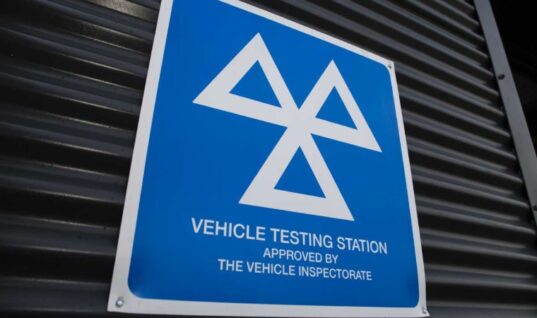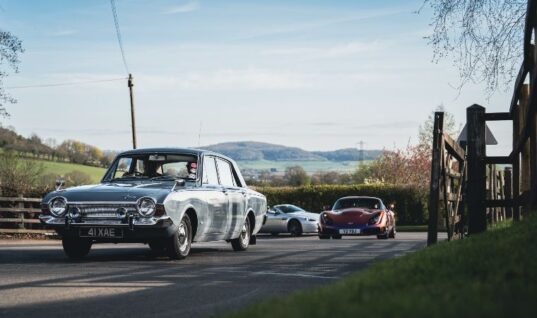“If Coca-Cola were to lose all of its production-related assets in a disaster, the company would survive. By contrast, if all consumers were to have a sudden lapse of memory and forget everything related to Coca-Cola, the company would go out of business.”
Of all the quotes I read during the years I spent working in the creative industry, this one from a senior executive at Coca-Cola is my favourite. Although the two are intrinsically linked, there is a big difference between a brand and a logo. And while there’s a massive gulf between a garage on the outskirts of a provincial town and the world’s most famous soft drinks brand, the same branding rules apply – albeit with very different budgets!
A logo is little more than the entry point to the brand. The most visual reference point. The sign above the door. It’s often the result of months of research and planning, followed by lots of to-ing and fro-ing between a client and a design team. There are many considerations, such as colour, typeface, shape and where it’ll be used.
For a garage, this is likely to include the workshop frontage, reception desk, waiting room, uniforms, stationery, website and advertisements. It must be consistent across all forms of media and act as a bond between the garage and its customers and suppliers. It might be a shape, like Vodafone, Nike and Volkswagen, or simple text, like John Lewis, Google and Mobil. Others, such as Coca-Cola, Microsoft and Dell, are a combination of the two.
Crucially, they’re instantly recognisable. You could change the letters of the Coca-Cola logo, but if you kept the same shape and colour, it’d still scream “Coke”. Which brings me back to the Coca-Cola executive’s quote.
The company has been operating for more than 140 years and is now the most recognisable non-tech brand logo in the world. It’s valued at around $33.17bn, nearly double that of Pepsi ($18.37bn). Such dominance means it would be incredibly difficult, if not impossible, for a rival to steal its market share. According to the Brand Marketing Blog, it has the highest brand awareness in the world, with around 7.1 billion recognising the logo if you showed it to them. That’s 94 percent of the Earth’s population, which is remarkable when you consider that only half recognise the symbol of Christianity.
Of course, brand awareness is one thing, but what the logo says is quite another. One person’s refreshing soft drink is another person’s dental nightmare. Few, if any, dentists would want to buy the world a Coke. Similarly, one person’s ultimate driving machine is another person’s car most likely to be glued to your rear bumper on the outside lane of a motorway. For better or worse, a logo says everything about your workshop without saying a word, even if your logo is little more than your name above a pair of roller doors.
And that’s because it’s what goes on behind those doors that really matters. Before the age of the internet, a customer’s journey began the moment they called your garage.
How many times did the phone ring before you answered it? How warm was the greeting? Did the person answering the phone seem interested? If a logo the ‘first base’ of a brand, the initial interaction with the customer is ‘second base’.
Continuing the journey, ‘third base’ is the quality of service, and ‘fourth base’ – or ‘home run’ – is if the customer is sufficiently impressed to make a return visit for their next MOT or service. If they recommend you to a friend or leave a positive online review, even better.
Speaking of which, in this digital age, the brand journey begins online, be it via your website, social media channels or work provider website. To create a strong brand, your customers must be embraced at every touch point of the journey.
You can have the best logo in the world, but if the front-of-house experience, quality of work and pricing structure aren’t up to scratch, your brand will fail. You could be let down by something relatively trivial, like the condition of the customer toilets, the quality of the coffee in the vending machine or litter strewn across the car park. Sweating the small stuff does matter.
Non-visual branding is also a great leveller. About 15 years ago, while still working in marketing, I bought a Volkswagen Passat V6 TDI for my 100-mile daily commute. A few weeks later, it developed a worrying rattle from the area below the gear stick, which, thanks to the wonders of the internet, I diagnosed as a problem with the six-speed gearbox.
My office was located a few doors down from a Volkswagen main dealer, so I booked it in for diagnosis and prepared for the worst. With the end of the day approaching, and no word from the dealer, I called for an update, only to be told that they hadn’t looked at the car but would do before closing time in about 45 minutes. So, I wandered over to the dealer at 5.30pm to be told that the gearbox needed to be repaired at a cost of £2,500. Ouch.
Figuring it would be a good idea to get a second opinion from an independent garage, I called Volkscraft in Exeter, explained to Matt (the owner) what I had been told, and asked if he could beat the price. I had a hunch that the main dealer never inspected the car, but my suspicions were confirmed when Matt phoned to say that the gearbox was fine and that he had traced the issue to a pair of loose clips.
An unscrupulous garage could have cashed in on the incorrect diagnosis, but Matt did the right thing, earning himself a loyal customer and countless recommendations to friends and family. Indeed, one couple in my village bought a pair of Skodas purely on the basis that they could be serviced by a trusted garage. Volkscraft does have good logo, but nobody sees it when I recommend the business. The brand is strengthened by word of mouth, not the badge above the door.
As this issue of the mag highlights, creating a good first impression via workshop signage, point of sale material and an online presence is vitally important if you want to attract new customers. But if you want to retain these customers – and encourage them to recommend you to their friends – your brand will live and die by your customer service skills and quality of work. It could be the difference between your garage being considered an also-ran or the real thing…
This article first appeared in the winter 2024 edition of Garage Wire Aftermarket magazine.







